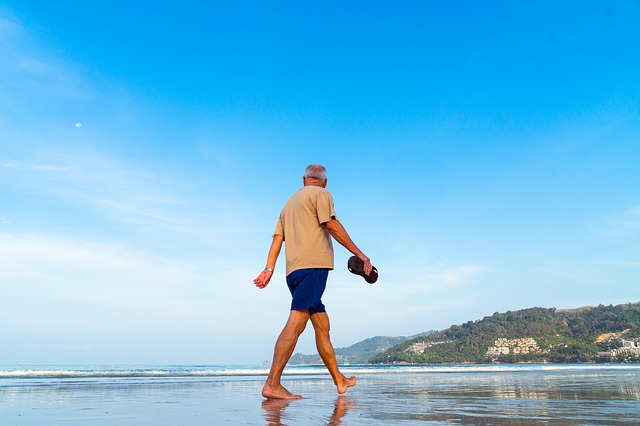Your Life Can Change In An Instant: How Prepared Are You? PART 1
I am certain all of us have thought at one time or another: When a health crisis comes into my life I will certainly be able to come back from it – better than ever! This thought was present…
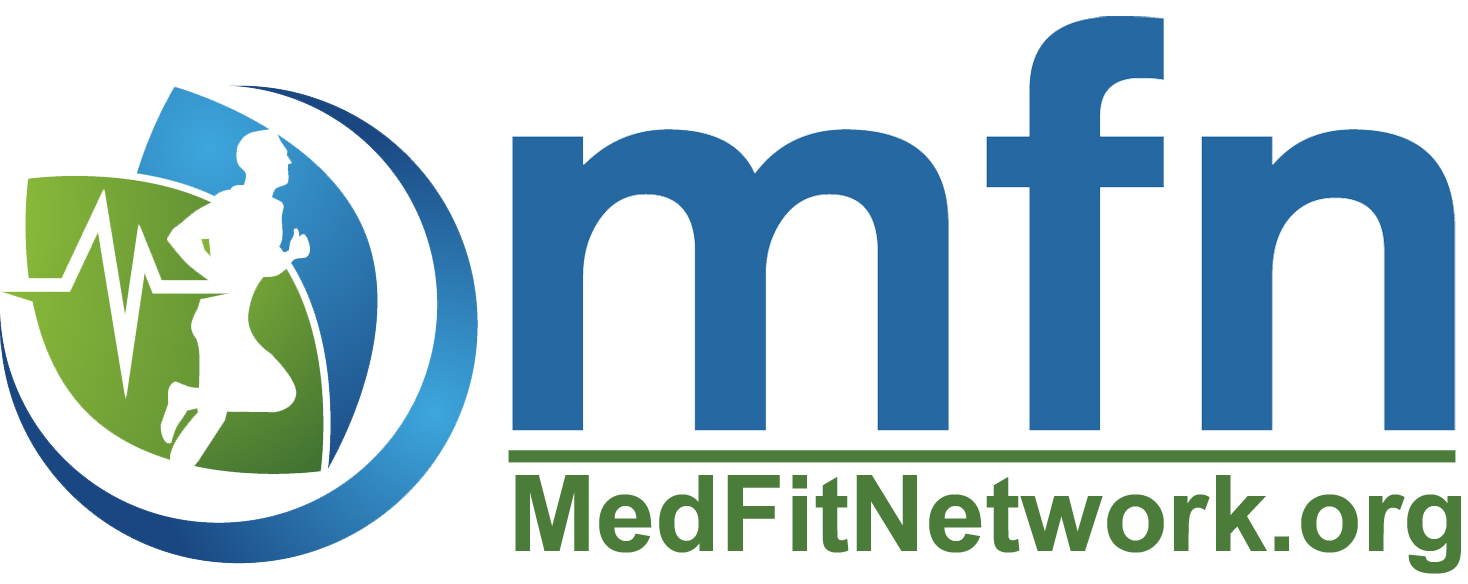
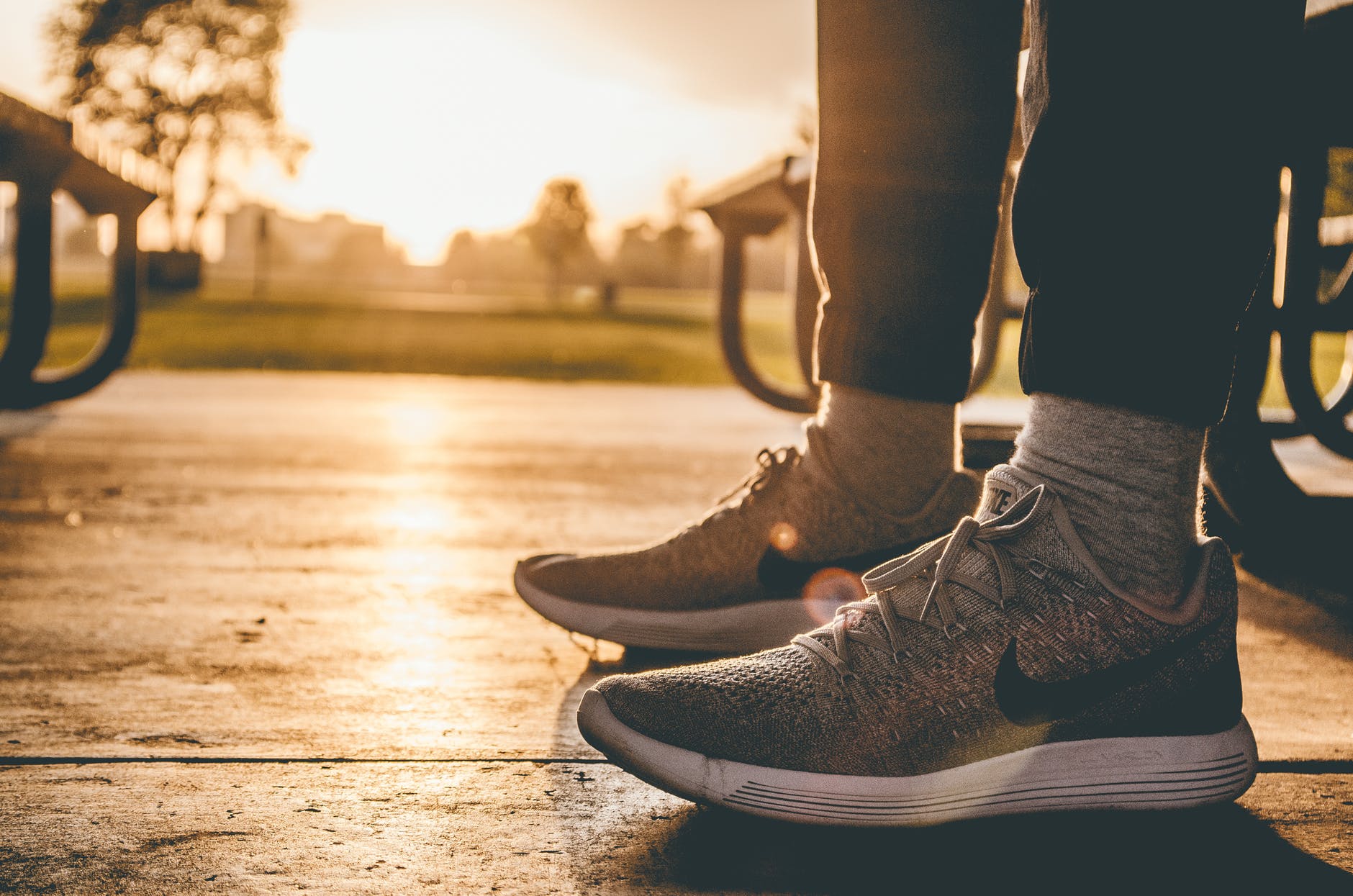

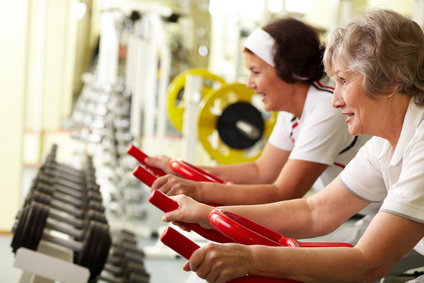 Knowing your motivation is vital, but motivation can only get you so far. Your habits and daily routines are more powerful than motivation. Your motives for being healthy will help you get started on your goals, but your habits will get the results that you want. Think of it like this: You have to work regardless of whether you feel like it or not, right? You can apply the same reasoning with regards to your health. You must work towards good health and wellness regardless of how good or bad you’re feeling. When you discover the power of what good health, wellness and being fit can do for you, you’ll ask why you didn’t embark on your health journey sooner.
Knowing your motivation is vital, but motivation can only get you so far. Your habits and daily routines are more powerful than motivation. Your motives for being healthy will help you get started on your goals, but your habits will get the results that you want. Think of it like this: You have to work regardless of whether you feel like it or not, right? You can apply the same reasoning with regards to your health. You must work towards good health and wellness regardless of how good or bad you’re feeling. When you discover the power of what good health, wellness and being fit can do for you, you’ll ask why you didn’t embark on your health journey sooner.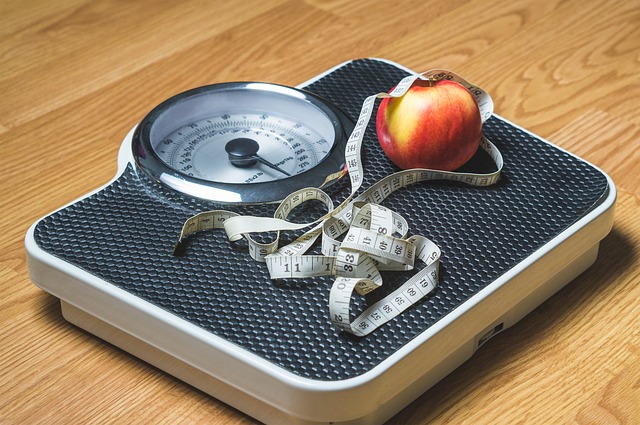
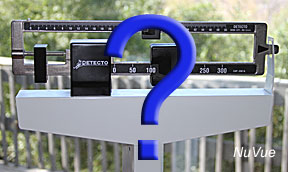 Do you want to lose weight?
Do you want to lose weight?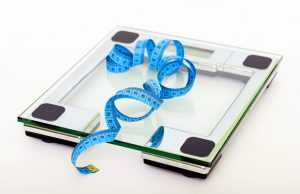 I give my clients a baseline of their body fat percentage and get them to use the scale. Then we set up a diet and exercise plan. You can lose weight by diet alone. But dieting can reduce muscle mass along with fat. This becomes ever more important as we age. We can lose as much as 6 pounds of muscle tissue per decade as we age. And metabolism can slow down as much as 3 percent per decade. You can see that if left unchecked, you’re on a slow boat to obesity. Adding an exercise program may be all you need to turn this process around. Cardio exercise burns calories, and strength training raises your metabolism and builds lean muscle mass while you are losing. Losing about 1 percent body fat a month and one to two pounds a week is considered safe and realistic. Here’s the winning combination. Reduce calorie intake with diet, do cardio most days to burn calories, and strength train at least a couple of days a week to build muscle mass and increase metabolism.
I give my clients a baseline of their body fat percentage and get them to use the scale. Then we set up a diet and exercise plan. You can lose weight by diet alone. But dieting can reduce muscle mass along with fat. This becomes ever more important as we age. We can lose as much as 6 pounds of muscle tissue per decade as we age. And metabolism can slow down as much as 3 percent per decade. You can see that if left unchecked, you’re on a slow boat to obesity. Adding an exercise program may be all you need to turn this process around. Cardio exercise burns calories, and strength training raises your metabolism and builds lean muscle mass while you are losing. Losing about 1 percent body fat a month and one to two pounds a week is considered safe and realistic. Here’s the winning combination. Reduce calorie intake with diet, do cardio most days to burn calories, and strength train at least a couple of days a week to build muscle mass and increase metabolism.
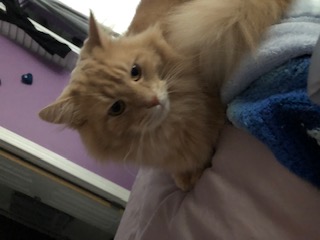
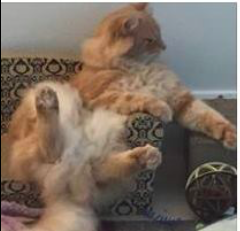 6. Just chilling… Bumbles watches tv. He has a couch right next to it, and he especially likes it when Ellen dances. He limits it to about an hour though, because its treat time. We all need downtime, where we have left the cares of the day behind to be begun again tomorrow. It can be sitting and watching a beautiful sunset or meeting with friends. Having quiet time and play time during our day is essential for mental well-being.
6. Just chilling… Bumbles watches tv. He has a couch right next to it, and he especially likes it when Ellen dances. He limits it to about an hour though, because its treat time. We all need downtime, where we have left the cares of the day behind to be begun again tomorrow. It can be sitting and watching a beautiful sunset or meeting with friends. Having quiet time and play time during our day is essential for mental well-being.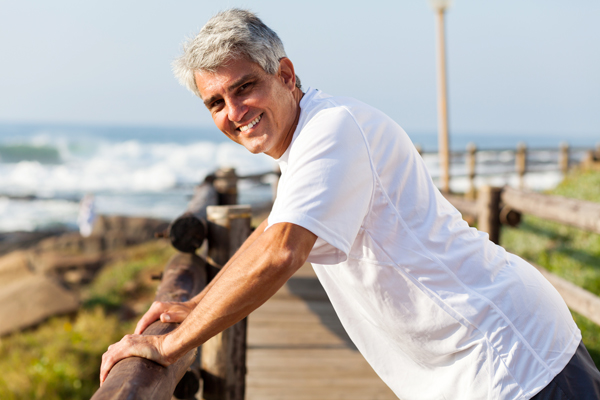
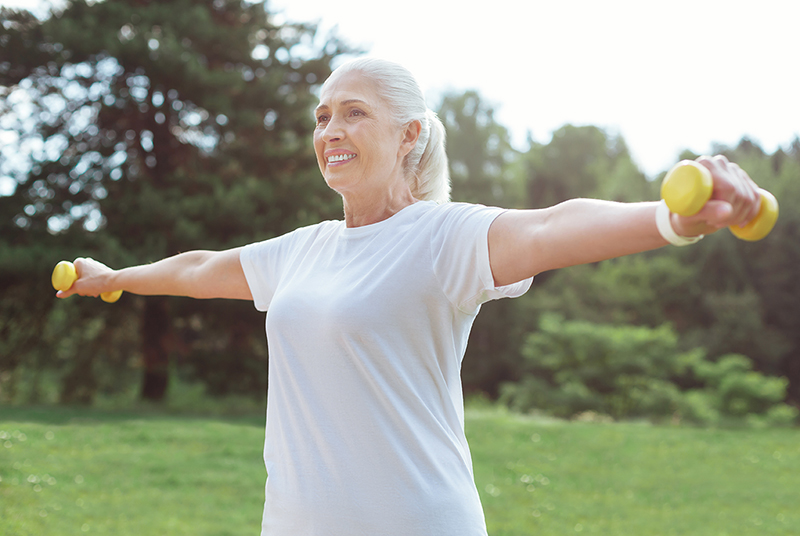 #1. Strength
#1. Strength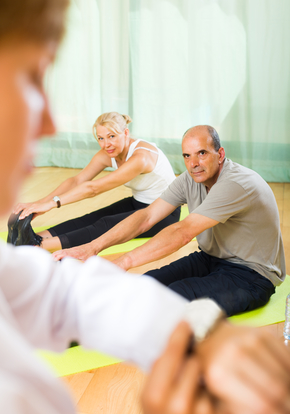 #7. Flexibility
#7. Flexibility

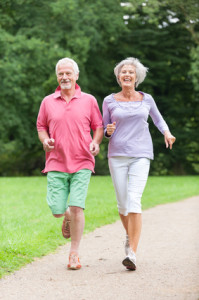 Embedded in these still comments, intended to be compliments, are platitudes served on silver platters. Sure, they appear nice and clean and friendly, yet under the shiny shellacked surface is a sharp jab. What are we saying when we say someone is still capable of completing activities of daily living? Perhaps a round of applause that they are seemingly independent. Why then is inter dependence not congratulated? As a species is there truly anyone who is fully independent? We all rely on someone to some extent. Taking a look across the life span, we can see a continual push to be independent. If we say, “She’s 47 and she still lives alone,” then this begs questions of “What’s wrong with her?” or simply, “Why?” However, the script and responses are very different if we say, “She’s 97 and she still lives alone.” Often, the question then becomes, “Oh, what is she doing right?” With an implied, “If I take similar measures then I too will live to be that age and be
Embedded in these still comments, intended to be compliments, are platitudes served on silver platters. Sure, they appear nice and clean and friendly, yet under the shiny shellacked surface is a sharp jab. What are we saying when we say someone is still capable of completing activities of daily living? Perhaps a round of applause that they are seemingly independent. Why then is inter dependence not congratulated? As a species is there truly anyone who is fully independent? We all rely on someone to some extent. Taking a look across the life span, we can see a continual push to be independent. If we say, “She’s 47 and she still lives alone,” then this begs questions of “What’s wrong with her?” or simply, “Why?” However, the script and responses are very different if we say, “She’s 97 and she still lives alone.” Often, the question then becomes, “Oh, what is she doing right?” With an implied, “If I take similar measures then I too will live to be that age and be 